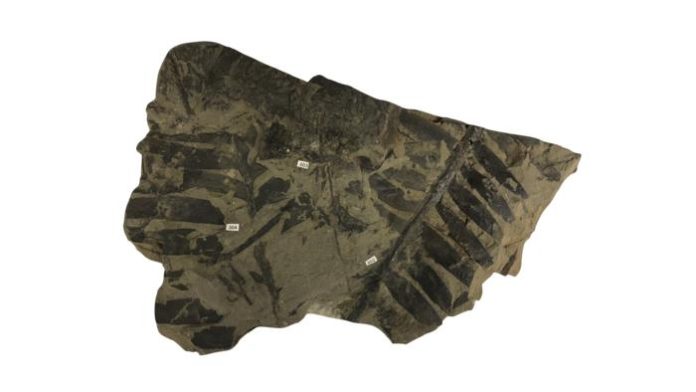In a recent study published in the journal Nature Ecology & Evolution on November 16, researchers have unveiled a fascinating survival story of certain cycad species that endured the extinction event that wiped out the dinosaurs. Once abundant in the forest understory during the Mesozoic Era, these palm-like plants have dwindled, with only a few species surviving in today’s tropical and subtropical habitats.
The key to their survival, as the study reveals, lies in a symbiotic relationship with nitrogen-fixing bacteria in their roots. Just like modern legumes, these cycads exchange sugars with the bacteria, which, in turn, provide them with nitrogen extracted from the atmosphere. Lead author Michael Kipp, intrigued by the idea that the tissues of nitrogen-fixing plants could offer insights into ancient atmospheres, used geochemistry and the fossil record to investigate Earth’s climate history.
Contrary to expectations, the study shifted its focus from atmospheric composition to the evolving ecology of these plants over time. Although most ancient cycads were not nitrogen-fixers, the surviving lineages exhibited a nitrogen signature consistent with today’s cycads. This indicated a reliance on symbiotic bacteria for nitrogen, a trait absent in older and extinct cycad fossils.
The study, conducted over nearly a decade by Kipp, who is now an assistant professor at Duke University, sheds light on how nitrogen fixation might have aided the surviving cycads. It remains unclear whether this symbiotic relationship helped them adapt to climate changes or outcompete other plants post-extinction. Kipp emphasizes the novelty of applying chemical studies of ancient sea life to terrestrial plants, offering a new avenue for understanding Earth’s climate history and its potential future.
The research, funded by organizations such as The Paleontological Society, the University of Washington Royalty Research Fund, and NASA Exobiology grant NNX16AI37G, not only contributes to our understanding of plant survival strategies but also introduces a novel technique for exploring Earth’s ancient atmospheres.















